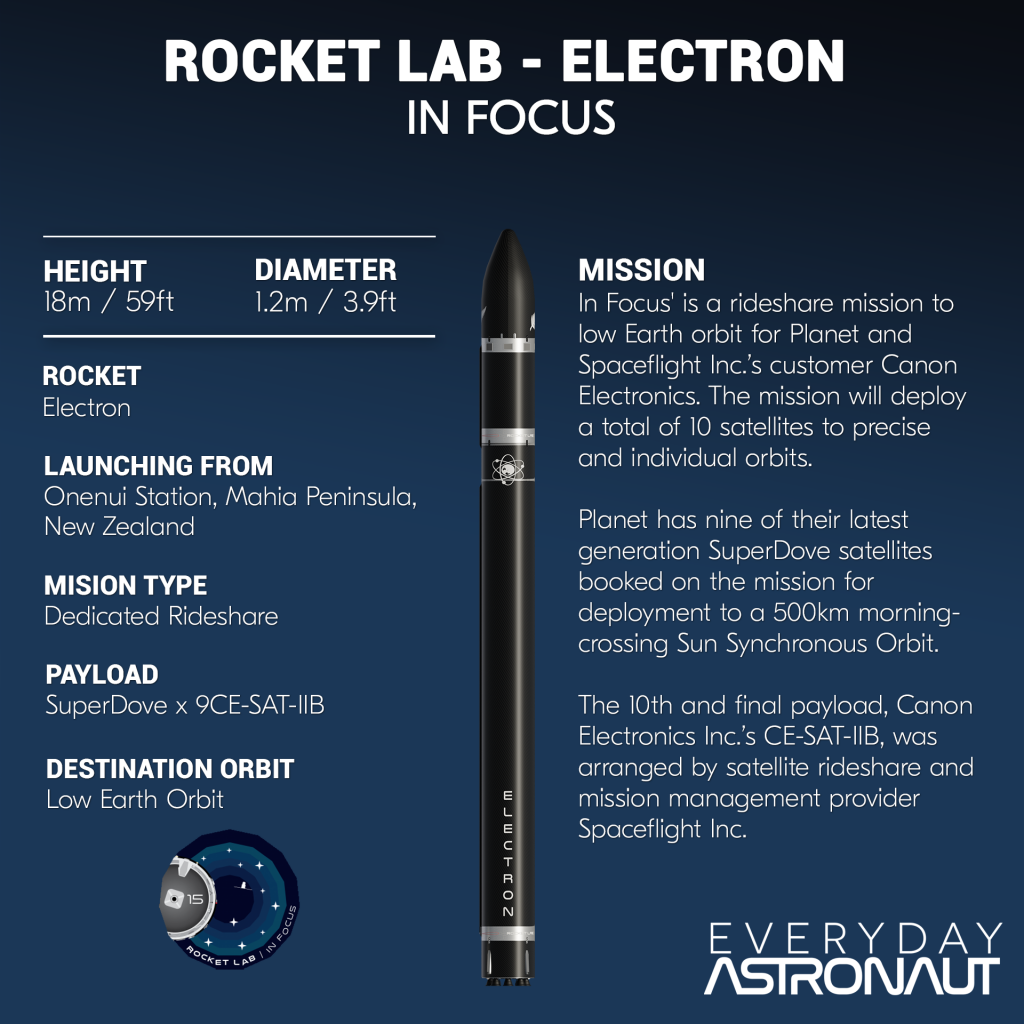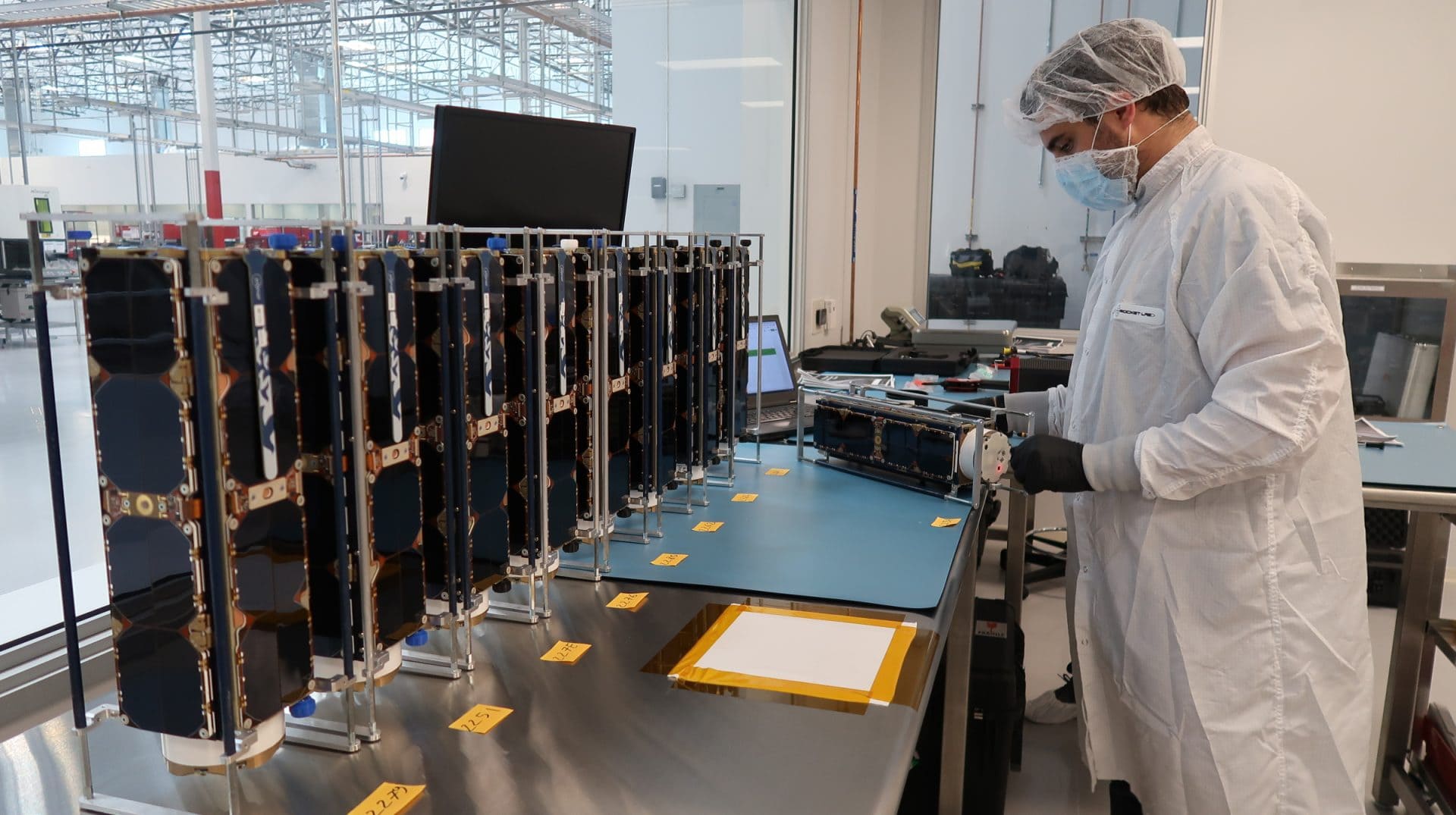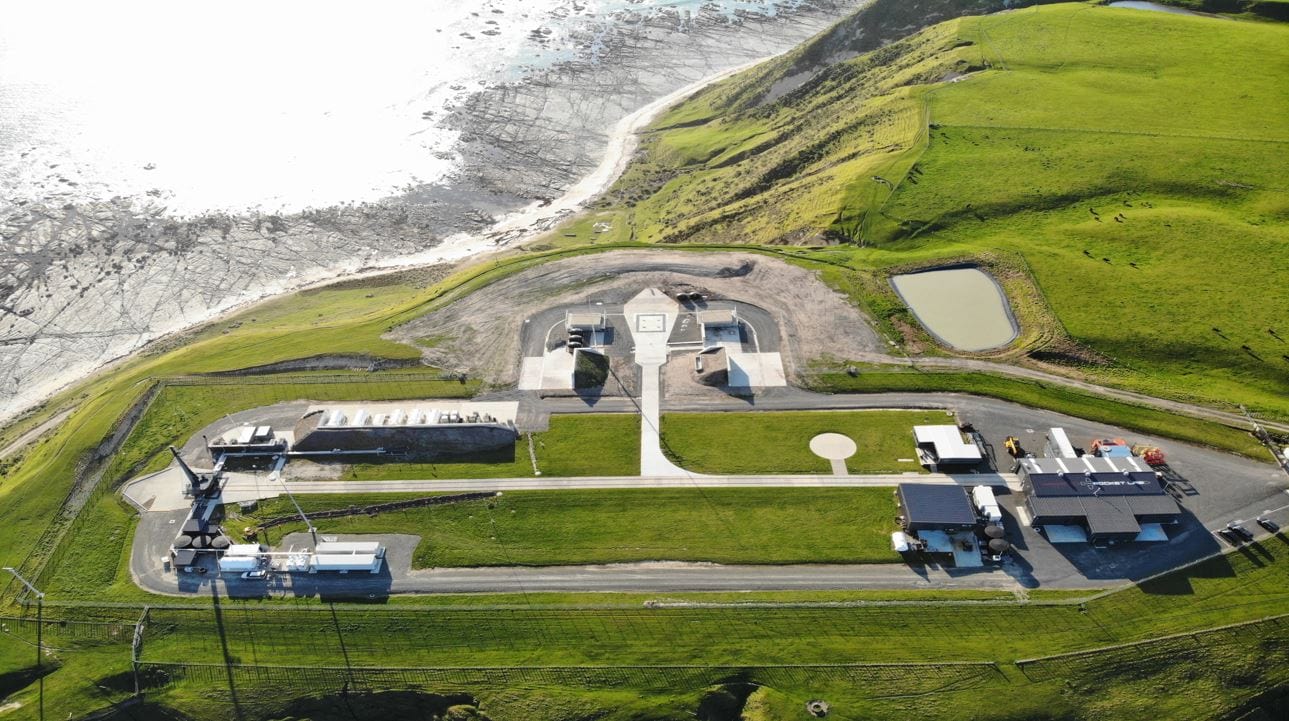Launch Window
|
October 28, 2020 – 21:21 UTC | 10:21 NZT |
|---|---|
Mission Name |
In Focus |
Launch Provider
|
Rocket Lab |
Customer
|
Canon Electronics and Planet |
Rocket |
Electron |
Launch Location |
Launch Complex 1A, Mahia Peninsula, New Zealand |
Payload mass |
Approximately 80 kilograms |
Where are the satellites going? |
500 km Sun-Synchronous Orbit |
Will they be attempting to recover the first stage? |
No, this is not yet a capability of Electron |
Where will the first stage land? |
The first stage will crash into the Pacific Ocean |
Will they be attempting to recover the fairings? |
No, this is not a capability of Electron |
This will be the: |
|
Where to watch |
Rocket Lab stream
Tim Dodd, the Everyday Astronaut, will be streaming at T-30 minutes; come ask questions and join the conversation live! |

Payload Overview
Rocket Lab’s 15th launch, In Focus, will loft 10 satellites into a 500-kilometer low Earth orbit for Planet and Canon Electronics. Planet is an Earth imaging company based in San Francisco, California. Their 150 satellites provide daily high-resolution images of the Earth. Their latest satellite constellation, Flock 4e, was launched on Rocket Lab’s Pics Or It Didn’t Happen mission. However, the satellites never made it to orbit due to an issue with the second stage. Their Flock 4e constellation is now being launched on this mission. Canon Electronics is a camera company headquartered in Japan. Their experimental CE-SATE-IIB satellite is designed to test various camera technologies.

Electron
Electron is Rocket Lab’s two-stage small-lift orbital launch vehicle with an optional third stage. The two-to-three-stage rocket is capable of putting up to 300 kilograms into orbit. The vehicle is made of a carbon composite material, making the rocket lighter than a typical metal rocket.
Electron’s first mission, It’s a Test, launched on May 25, 2017. At 139 miles in altitude, an error with ground communications equipment caused mission control to lose contact with the rocket and forced them to terminate the flight. Importantly, the rocket itself performed nominally throughout the mission, and Rocket Lab was able to complete most of its test objectives.
On January 21, 2018, Rocket Lab launched its second Electron mission, dubbed Still Testing. The mission was successful and put a Planet imaging satellite as well as a weather and ship tracking satellite into orbit. Rocket Lab launched ten successful missions in a row following this launch.
Rutherford Engine
Rutherford is Rocket Lab’s in-house 3D-printed rocket engine. The engine uses liquid oxygen (LOX) and refined kerosene (RP-1) as its propellants. Rutherford is unique in that it is an electric-pump-fed engine. This means that the engine uses batteries to spin up and power its turbopumps rather than diverting some of the propellants to drive the pumps. The extra weight added due to the batteries required to power the engines does add a payload mass penalty. To help mitigate some of this, the second stage does a “battery hotswap”. When one of the batteries on stage two’s energy is depleted, it’s jettisoned to reduce weight.
The sea-level engine produces 5,400 pounds of thrust and has a specific impulse of 311 seconds (3.05 km/s). The vacuum-optimized version of the engine produces the same amount of thrust and has a specific impulse of 343 seconds (3.36 km/s). The first stage of the rocket uses nine sea-level Rutherford engines and the second stage uses a single vacuum-optimized engine.

Photon
Photon is Rocket Lab’s satellite bus. It’s built on their proven kick stage design and includes power, propulsion, communications, and all the other systems necessary for a spacecraft. The idea is that Rocket Lab can provide the rocket and the spacecraft to provide end-to-end space solutions, making access to cheap faster, easier, and cheaper for customers. Photon doesn’t even need to launch on an Electron. It can launch on a Falcon 9, an Atlas V, or any other rocket. Photon is extremely customizable, essentially being a blank canvas that is built around the payload and mission objectives. It comes in both low Earth orbit and interplanetary models with additional capability.
Photon was first announced in April 2019. There wasn’t much news about Photon until September 2020 when Rocket Lab announced that the third stage of the rocket on their I Can’t Believe It’s Not Optical mission was, in fact, the first Photon satellite. Following satellite deployment, mission control put the stage into satellite mode, making it Rocket Lab’s first operational satellite. It’s expected to remain in service for 4 to 6 years, providing images and data for Rocket Lab and its potential customers.

Reusability and High Launch Cadence
Rocket Lab intends to reuse its first stage boosters. Using thrusters for control during atmospheric descent, Electron will come to an altitude where it will deploy parachutes and be caught out of the sky using a helicopter with a hook. Electron has already made it through the atmosphere intact multiple times, which is considered the hardest part. The next step towards reusability will be flight 17 later this year. Flight 17 will be the first Electron equipped with parachutes. Though they won’t catch this particular booster with a helicopter, they do plan to recover it out of the ocean after a hopefully smooth splashdown.

Rocket Lab isn’t recovering their boosters to save money, but rather, to have a higher launch cadence. Booster recovery and refurbishment should actually cost about the same as making a brand new booster. Currently, Rocket Lab plans to reuse each booster one time, but that plan may change after Rocket Lab is able to get boosters back for post-flight inspections.
New Launch Sites
Rocket Lab currently has one operational launch pad. That number is expected to increase to three by the end of the year. They are currently constructing second launchpad (LC-1B) is being constructed in New Zealand next to LC-1A. A third launch pad has already been completed at Wallops Flights Facility in Virginia and is awaiting its first launch later this year. The additional launch sites are supposed to be able to reduce turnaround between launches by giving Rocket Lab multiple locations to launch from.







Splendid clarification again!
One note though: isn’t it a battery “hot swap” instead of a battery “hotspot”?
See paragraph about the RUTHERFORD engine.
Thanks nice article but it says 82nd launch attempt for 2020. Thanks.
Hi Bjorn,
Thanks for pointing that out! We’ll get that fixed right away.
Best regards,
Andy